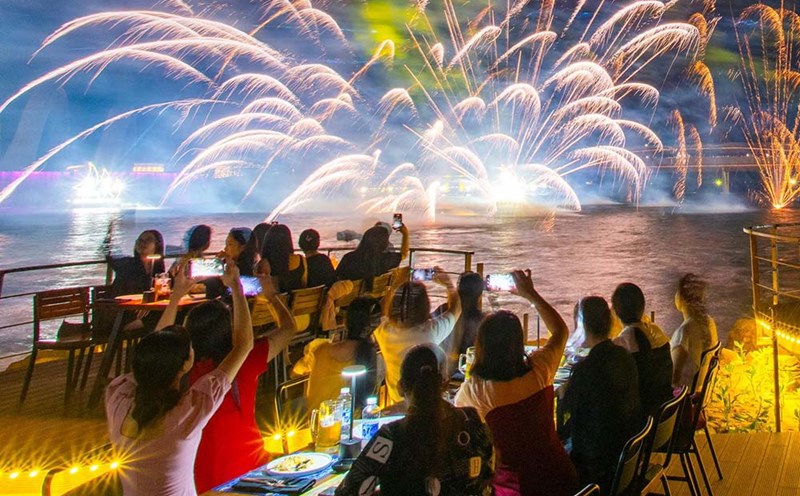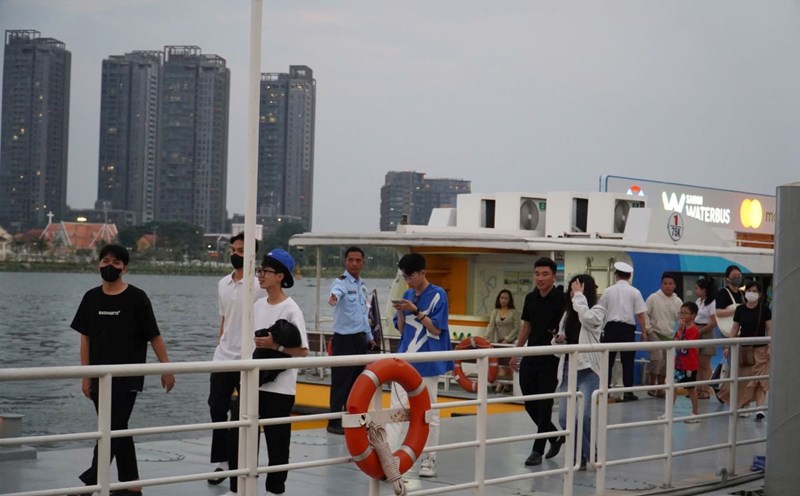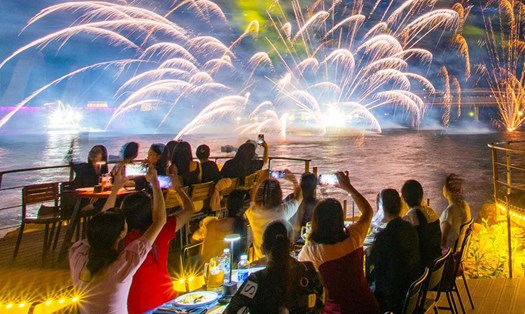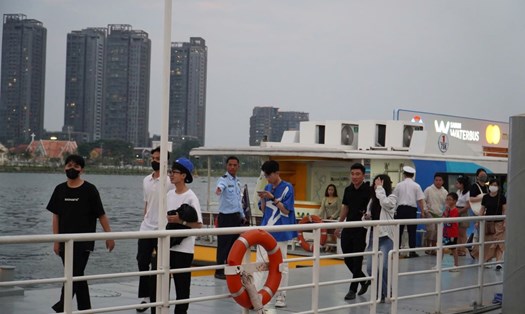Bali Island
The Indonesian island is a popular tourist destination with stunning beaches and beautiful landscapes, but it is now being rated as the top destination to "avoid" this year.

According to Fodor, the rapid and uncontrolled growth due to overtourism is having a negative impact on Bali's natural environment, damaging its cultural and environmental heritage, and creating a place that is like a "plastic apocalypse".
Barcelona
The Spanish city known for its sunshine, vibrant nightlife and unique, breathtaking architecture has become so overrun by tourists that locals are fed up.

In the summer of 2024, locals sprayed water on tourists dining on the streets, or even tens of thousands of people showed up in the city center to protest and demand that tourists leave Barcelona.
Too many tourists visit to the point of “congesting residential areas” and “changing the social fabric” of Barcelona, he said, adding that “a good tourism management strategy would immediately improve the lives of local people, rather than just focusing on future goals”.
Barcelona was previously on Fodor's list of places to avoid in 2020 and 2023.
Venice
Italy's "floating city" attracts a large number of tourists every year thanks to its picturesque winding canals and striking architecture.
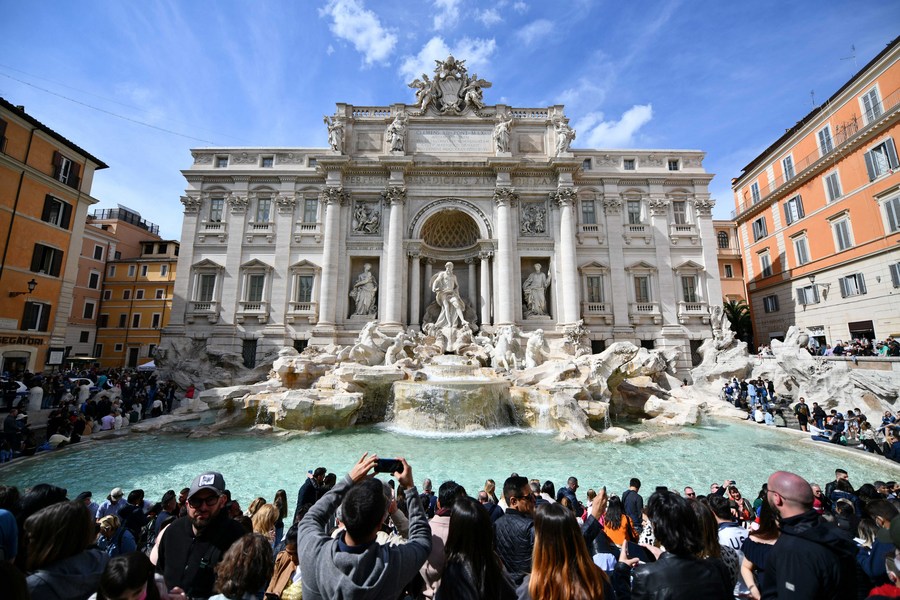
Similar to Barcelona, the people of this city are also not welcoming to tourists.
Meanwhile, the Venetian government has taken measures to limit the number of tourists by imposing a tourist tax.
Tourists may want to reconsider their trip to Venice this year.
Tokyo
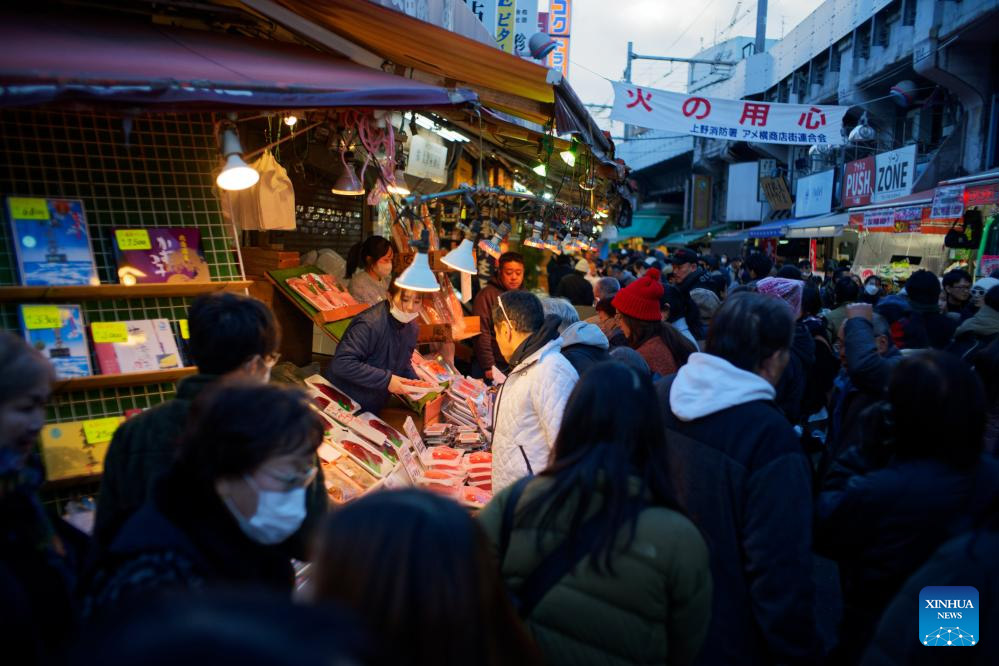
According to travel guide Fodor's, the Japanese capital is becoming overrun with tourists, and the term "tourist pollution" is increasingly being used by local media to describe Tokyo's current state.
The term “Kankō kōgai” – tourist pollution – has appeared in the Japanese media, capturing the growing frustration with the influx of foreign tourists. Naming the phenomenon adds urgency to the problem of overcrowding, resulting in rising costs, lack of services, and tourists’ lack of respect for local culture.
Kyoto
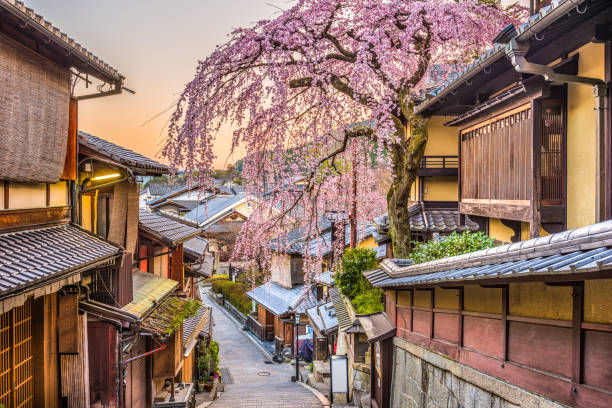
Another attractive tourist destination in Japan is Kyoto, which has become one of the most desirable tourist destinations globally thanks to its many Shinto shrines, Buddhist temples, and palaces recognized by UNESCO as world cultural heritage sites.
However, due to the crowded situation, tourists find it difficult to comfortably visit "must-see" places in Kyoto such as Arashiyama Temple, Kiyomizudera and Fushimi Inari.
Kyoto should install cameras to monitor congestion at popular tourist sites, set up a system to transport tourist luggage to reduce crowding on buses and trains, experiment with separate bus stops for locals and tourists, and put up signs prohibiting photography and disturbing geiko...
Koh Samui Island
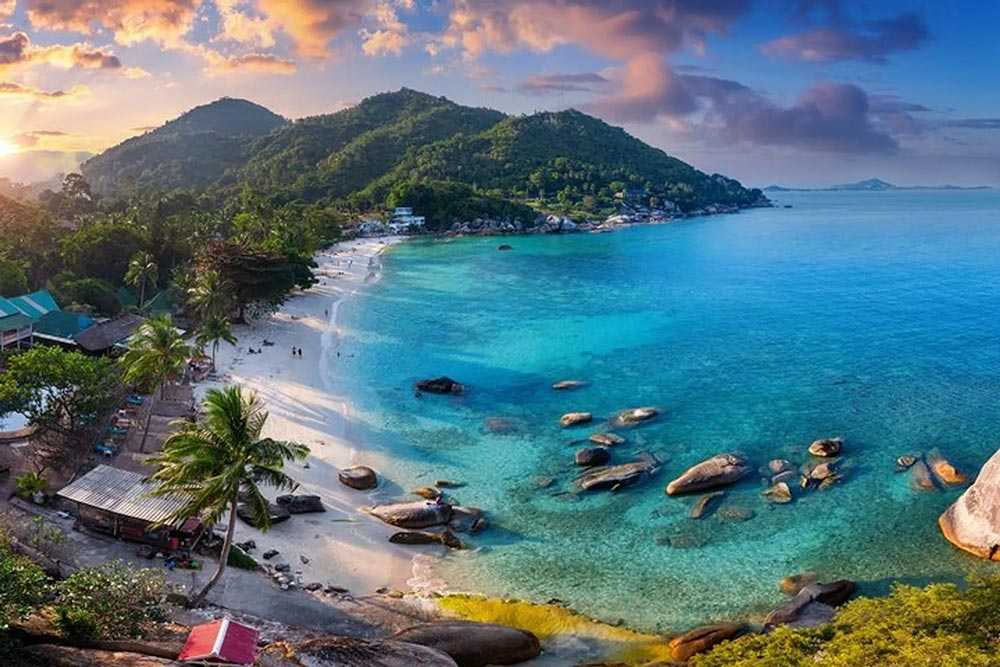
The Thai island of Koh Samui has long suffered from overtourism, with the new season of the popular TV series The White Lotus, which was filmed here, set to premiere in 2025, raising concerns about the island's future.
Experts worry that the traffic congestion will exacerbate the island’s existing problems. Despite clearing about 60 tons of trash every day, local authorities can’t handle the estimated 200,000 tons of waste that ends up in landfills next to tourist attractions and luxury villas, according to Fodor’s.
Mount Everest
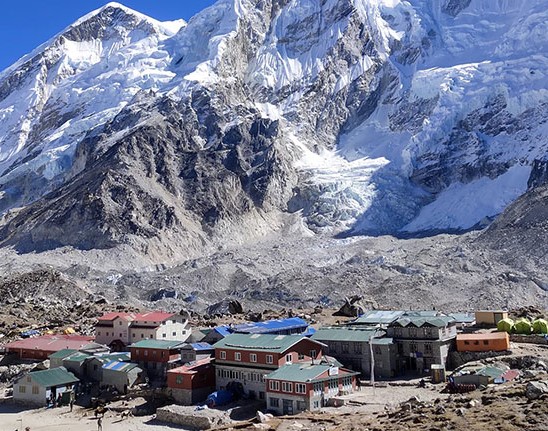
The “roof of the world” Everest is a popular tourist destination and a sacred mountain for the Sherpa community. But overtourism is negatively affecting the natural environment and the lives of local people, ruining the experience for visitors, according to Fodor.
Fodor's list of must-see destinations in 2025: Bali (Indonesia); Koh Samui (Thailand); Mount Everest; Barcelona, Mallorca, Venice, the Canary Islands, Lisbon.
Destinations starting to feel the brunt of the tourism crisis include Agrigento (Sicily, Italy); the British Virgin Islands; Kerala (India); Kyoto and Tokyo (Japan); Oaxaca (Mexico) and the North Coast 500 in Scotland.


